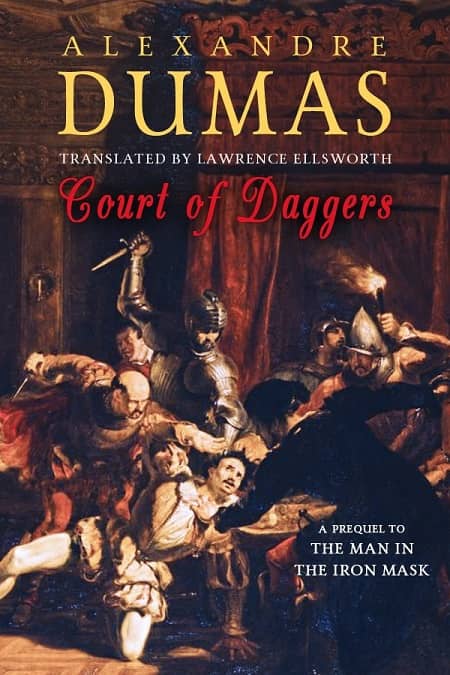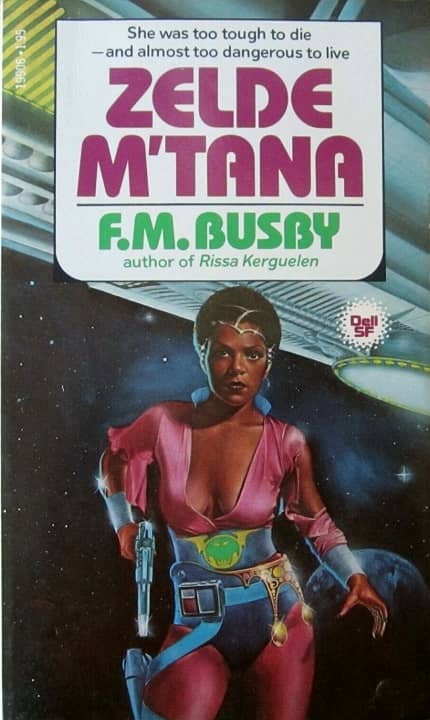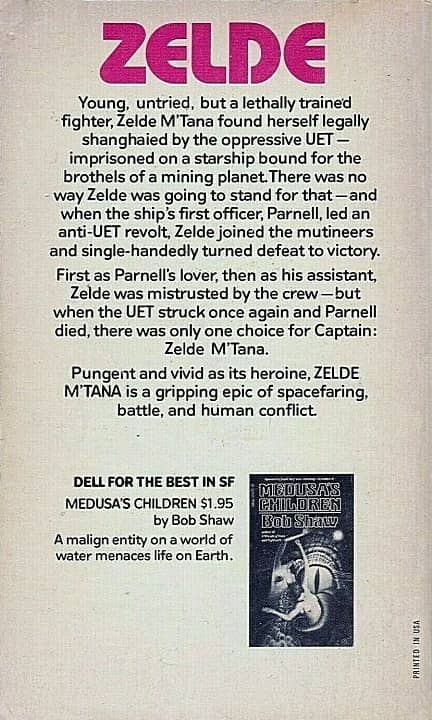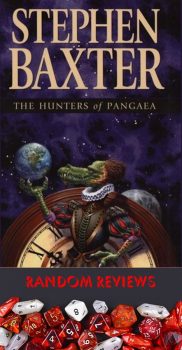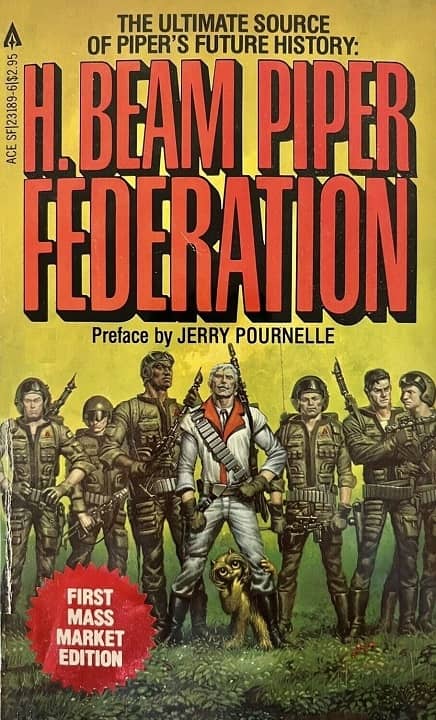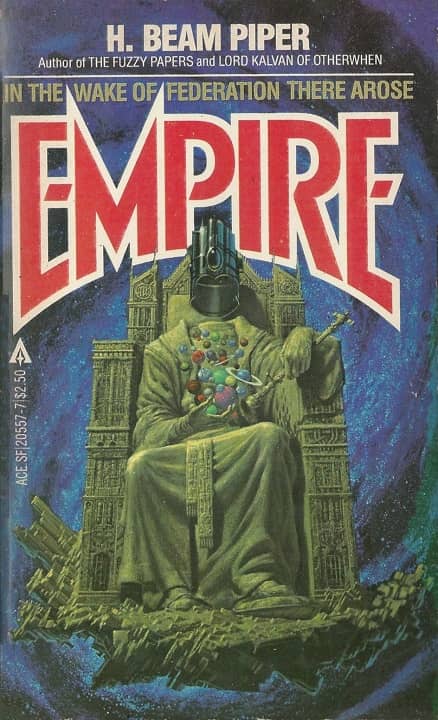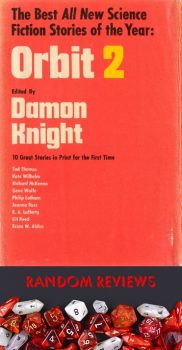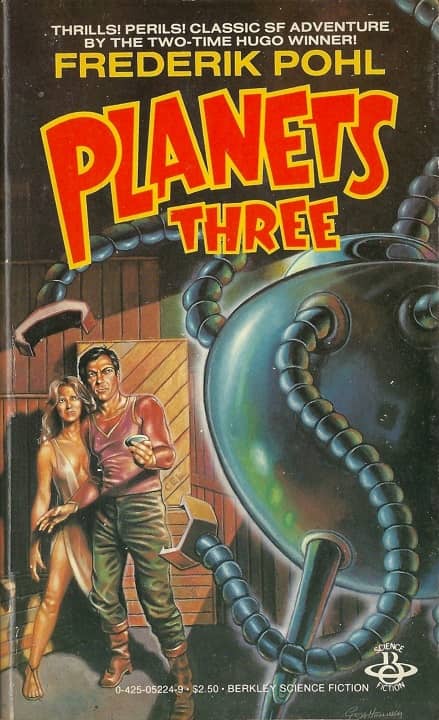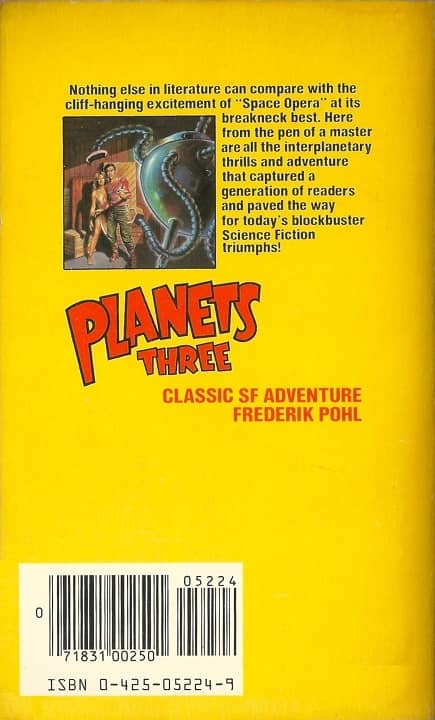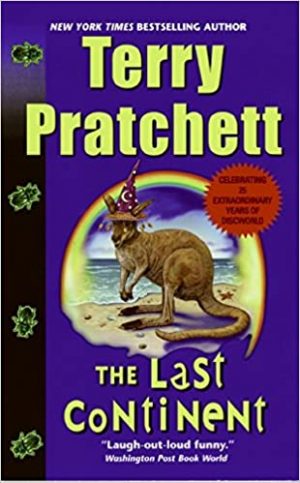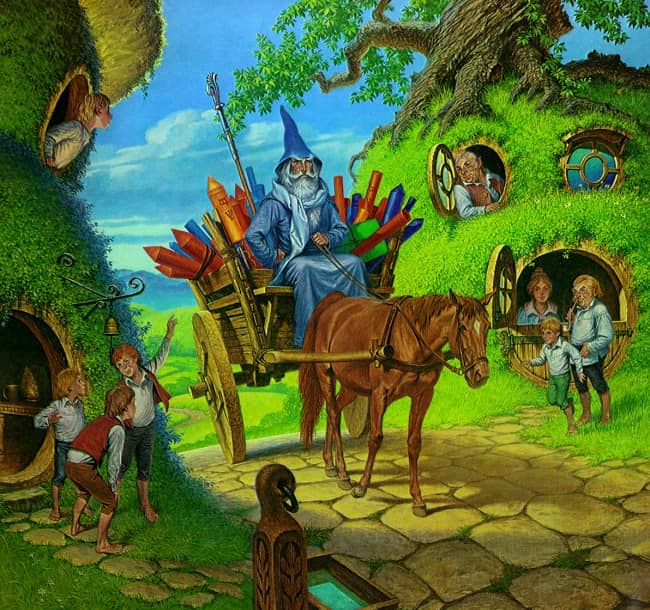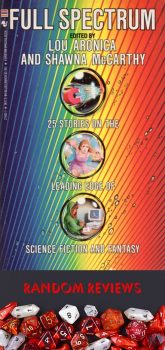Random Reviews: “Arthur Sternbach Brings the Curveball to Mars” by Kim Stanley Robinson
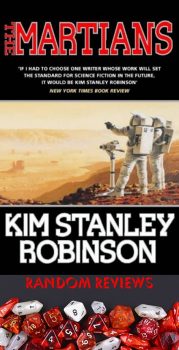
Back in the days of Usenet, I started to put together a bibliography of science fiction that were built around baseball. One of the stories on that list is Kim Stanley Robinson’s “Arthur Sternbach Brings the Curveball to Mars.” Originally published in Robinson’s collection The Martians, a companion collection of short fiction to supplement his Mars trilogy that included Red Mars, Green Mars, and Blue Mars. Four months after “Arthur Sternback Brings the Curveball to Mars” was first published in the UK, it made its US debut in the August 1999 issue of Asimov’s Science Fiction, one month before the collection would be released in the U.S. by Bantam Spectra.
Since that time, the story has been reprinted in Robinson’s collections A Short, Sharp Shock, The Best of Kim Stanley Robinson, and Stan’s Kitchen and the anthologies Future Sports, The Hard SF Renaissance, New Skies, and Field of Fantasies (a collection of speculative fiction baseball stories). Demonstrating that interest in baseball is not limited to the US, the story has been translated into French, German, Spanish, and Romanian, in all but the last case as part of the original collection. The Romanian translation appeared in Sci-Fi Magazin.
…
